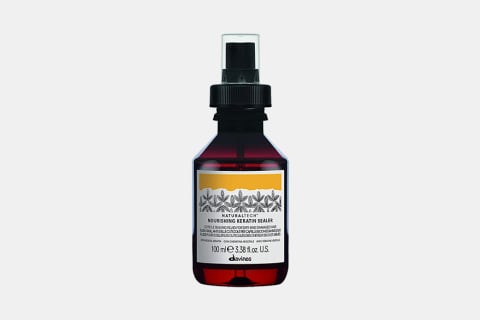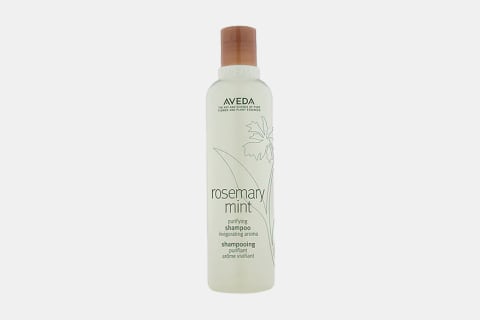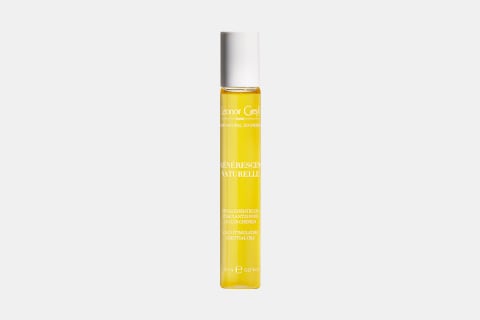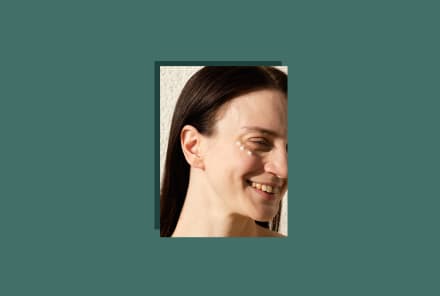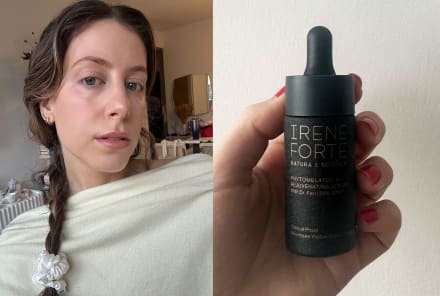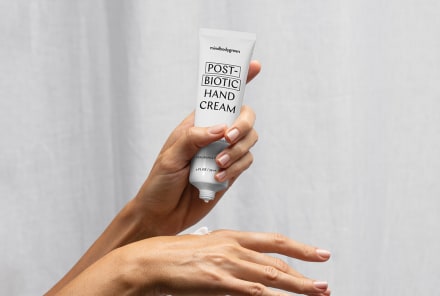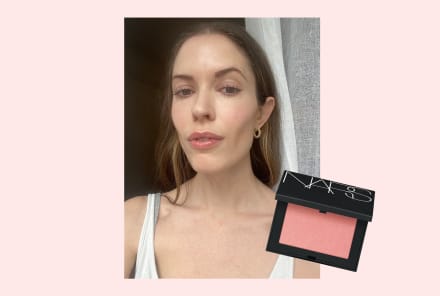Advertisement
A Full Guide To Low Porosity Hair: What It Is, Why It Matters & Tips

Your strands of hair are delicate little things—precious even. Because they are so easily damaged, it's important to fully understand all the things that wreak havoc on your hair as well as its unique structures—this way you are fully aware of how to best care for it. Porosity is one of those things that are vital to know.
Porosity, you might know, refers to how susceptible your hair is to water: Essentially, to what degree the outer layer of the strand takes in or keeps out water. Each of us has different levels of porosity. Here, let's talk specifically about low porosity hair.
What does it mean to have low porosity hair?
"When someone has low porosity hair, the hair tends to have trouble absorbing moisture because the hair is resistant to water," says hairstylist Danielle Malary of Lumiere Vive Salon. "The outer layer of the hair strand is called the cuticle layer. The cuticle layer is made of little tiny cuticles that lie slightly over one another. When the hair has low porosity, the cuticles are packed so tightly onto each other, it makes it very difficult for moisture or water to penetrate the strand. Typically, those with kinky curls tend to have low porosity hair."
In contrast, you can have high porosity hair. This happens when your cuticles aren't as dense, and thus moisture flows through the hair with ease. There is, of course, a spectrum to this: You don't have to fall squarely in one camp or the other—in fact, you might find you're somewhere in the middle. Hair, after all, is full of variables and possibilities.
Summary
How can you tell your hair porosity?
The classic test to see what your porosity is called the water test. It's super simple:
- Grab a glass of water, and a strand of hair (like from your brush).
- Drop in the hair and see if it floats or sinks to the bottom. If it floats, you have low porosity hair. If it sinks to the bottom, you have high.
How to care for low porosity hair: 9 tips
Tending to low porosity hair is all about managing dryness and trying to encourage the strands to drink up water. And we should also note, these aren't styling tips; we're only talking about care right now. It's about how you're treating the strand overall, not necessarily about how you're applying products, using tools, letting it dry, or so on. So no matter how you go on and fashion it later is up to you (sky's the limit, no?), but you should care for it with the below in mind.
- Keep an eye on the ends. "Make sure to get trims regularly; because the hair is resistant to moisture, the ends tend to become dry and brittle faster," says Malary.
- Remember: Products don't easily absorb and thus might be sitting atop the strand. "It's important to use a clarifying shampoo just to make sure the products don't build up and sit on the hair shaft," says Malary.
- Mist and seal is a good way to lock in water. "Use a mist spray bottle during product application, and then apply a layer of protection like the keratin-infused sealer," she says.
- And on that note, use water-based products instead of heavy oils. "I find that water-based products with butters, lightweight oils, glycerins, and honey work really well to provide moisture and slip in between those cuticles."
- You can use thick creams; just be smart. "If you do like thicker products, make sure to use them sparingly and to deeply cleanse during your next wash day," she says. "Stay far from heavy oils that sit on top of the hair strand."
- Utilize your scalp's oils to help. "Massage stimulating oils onto the scalp regularly to promote the production of natural oils," she says. A good option should contain stimulating actives, like rosemary.
- Steam from the shower or sauna is your friend. "Use heat and steam when the conditioner or treatments are sitting in the hair; the heat will open the cuticle making it easier for the water and moisture to seep in," she says. This is also why hot oil treatments are so popular—if you're interested in trying one out, check our guide.
- Apply conditioner in sections. "A great way to ensure hydration in low porosity hair is to keep the hair wet with warm water as you apply conditioner to small sections and work through with your hands to ensure better distribution of moisture," says Matrix artistic director and celebrity stylist Nick Stenson.
- Get to know your strands. "My biggest tip of all is always to monitor how your hair is reacting and play with the products that you find work best," says Malary.
The takeaway
You must understand your hair porosity to better understand how to treat it. Those with low porosity hair need to encourage hair to drink up water and seal it in, and be mindful you are not causing buildup.
Watch Next
Enjoy some of our favorite clips from classes
Enjoy some of our favorite clips from classes
What Is Meditation?
Mindfulness/Spirituality | Light Watkins
Box Breathing
Mindfulness/Spirituality | Gwen Dittmar
What Breathwork Can Address
Mindfulness/Spirituality | Gwen Dittmar
The 8 Limbs of Yoga - What is Asana?
Yoga | Caley Alyssa
Two Standing Postures to Open Up Tight Hips
Yoga | Caley Alyssa
How Plants Can Optimize Athletic Performance
Nutrition | Rich Roll
What to Eat Before a Workout
Nutrition | Rich Roll
How Ayurveda Helps Us Navigate Modern Life
Nutrition | Sahara Rose
Messages About Love & Relationships
Love & Relationships | Esther Perel
Love Languages
Love & Relationships | Esther Perel
